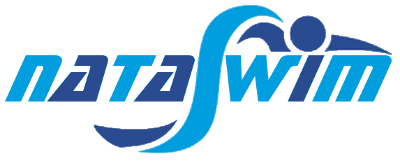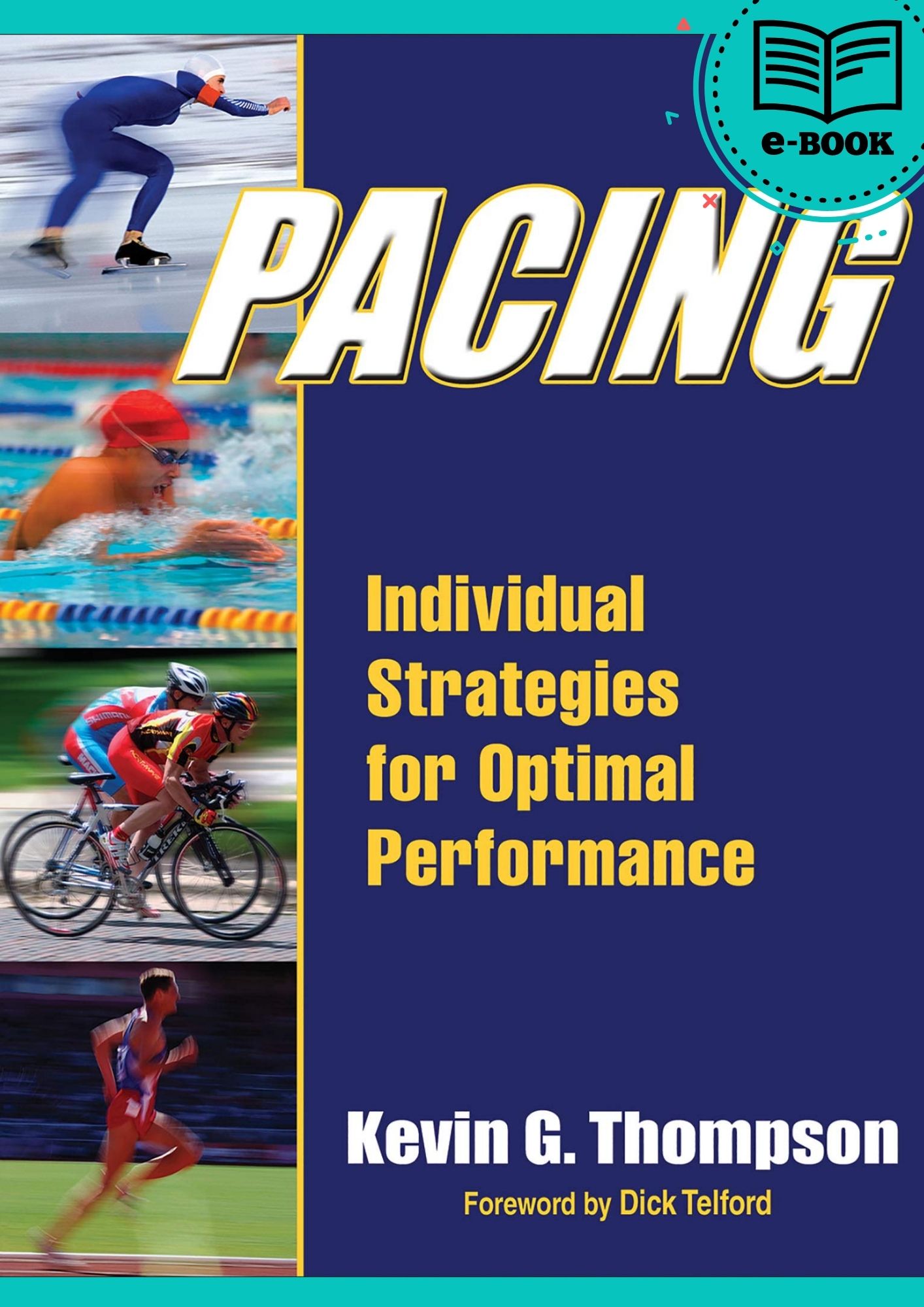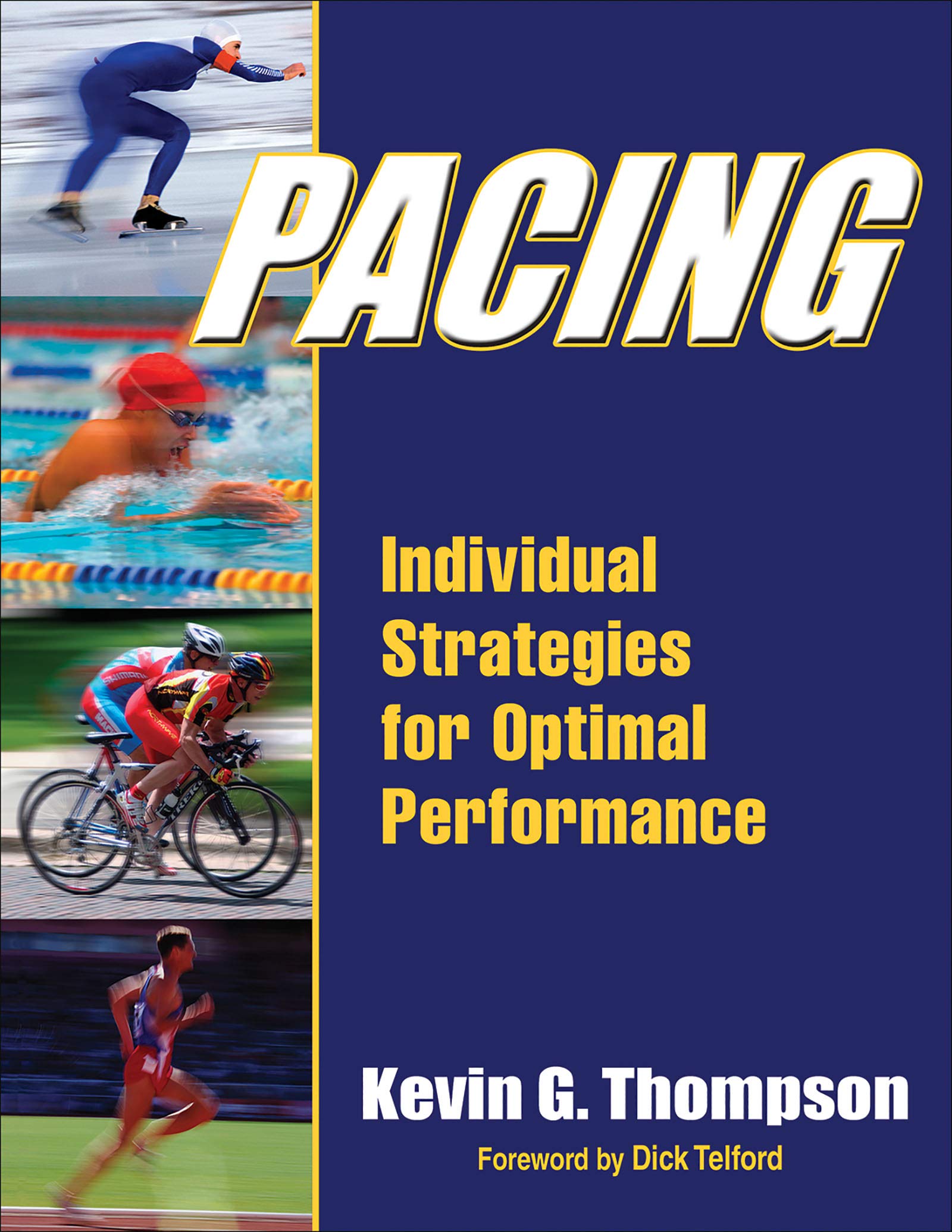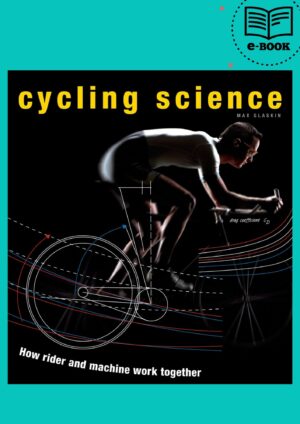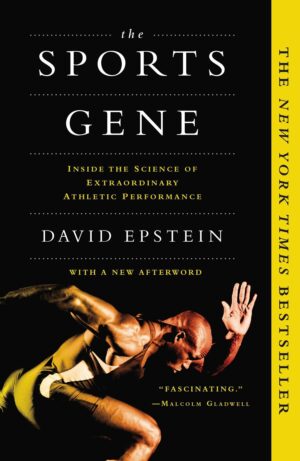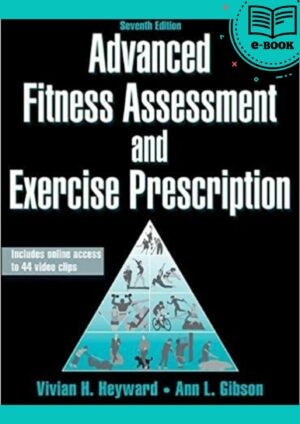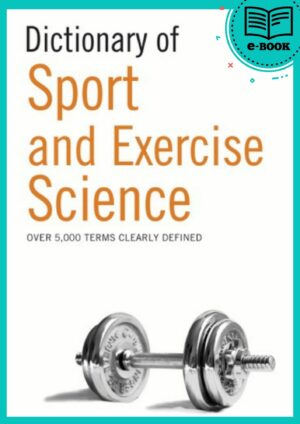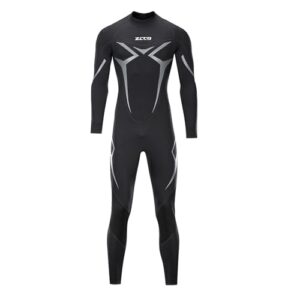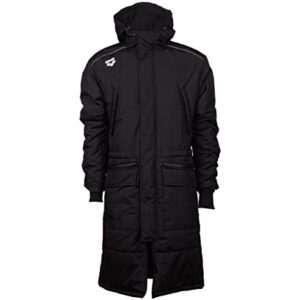Pacing Individual Strategies for Optimal Performance
We’ve all heard the advice “Pace yourself. Save energy and finish strong.” It sounds simple enough, so why is it so hard? Why do even supremely conditioned elite athletes mismanage their energy supplies and fail to finish strong? Pacing: Individual Strategies for Optimal Performance examines the latest science, research, and application in search of answers.
200 en stock
€ 9.00

We’ve all heard the advice “Pace yourself. Save energy and finish strong.” It sounds simple enough, so why is it so hard? Why do even supremely conditioned elite athletes mismanage their energy supplies and fail to finish strong? Pacing: Individual Strategies for Optimal Performance examines the latest science, research, and application in search of answers.
This guide explores the role of pacing in sports, the most common strategies used, the factors that influence effectiveness, and key considerations for today’s athletes and coaches. You’ll also discover these aspects:
- How environmental variables, such as temperature and terrain, can affect performance
- How to choose the best pacing strategy for any event
- How to use pacing to defeat an opponent
- The role the brain plays in pacing strategies
Part I explains the biological and psychological underpinnings of pacing science, including the six commonly used pacing strategies that are discussed in detail throughout the book: all-out, positive, even, negative, parabolic, and variable. Part II shows how to apply the science, offering pacing recommendations and considerations for time-dependent sports such as running, triathlon, and swimming and exploring the role of pacing in racket sports and several team sports. Combining scientific research and real-world profiles of elite athletes and coaches, Pacing: Individual Strategies for Optimal Performance shows coaches and athletes how to develop the ideal pacing plan for every competition.
Part I: Science and Philosophy of Pacing
Chapter 1 What Is Pacing?
Chapter 2 Understanding Pacing Strategies
Chapter 3 Physiology of Pacing
Chapter 4 Psychology of Pacing
Chapter 5 Adapting Pacing Strategies
Part II: Applications for Sport
Chapter 6 Swimming
Chapter 7 Cycling
Chapter 8 Speed Skating
Chapter 9 Running
Chapter 10 Olympic and Ironman Triathlon
Chapter 11 Rowing
Chapter 12 Football
Chapter 13 Tennis and Squash
Chapter 14 Basketball
Kevin G. Thompson, PhD
is director of the Research Institute for Sport and Exercise at the University of Canberra, Australia. He has previously held administrative positions at Canberra and at Northumbria University in the UK. He has held senior positions in elite athlete support, including director of sport sciences and regional director at the English Institute of Sport from 2002 to 2009 and manager of coaching, sport science, and sports medicine at the Welsh Institute of Sport from 1999 to 2002. He is a member of the Australian Institute of Sport High-Performance Sport Research Advisory Panel and former chair of the British Association of Sport and Exercise Sciences (BASES) sport and performance division and special sport science committee. He is a fellow of BASES and a fellow of the American College of Sports Medicine. Thompson is a BASES-accredited high-performance sport physiologist. Since 1994, he has practised as an applied sport scientist supporting professional rugby and soccer players and elite athletes who have competed at Olympic Games and European and World Championships.
Thompson is a section editor of the European Journal of Sport Sciences and former associate editor and current advisory board member of the International Journal of Sport Physiology and Performance. He has been on the organizing committees of scientific conferences, including the 2005 English Institute of Sport National Conference, the 2010 and 2011 International Sports Science and Sports Medicine Conference in the UK, and the 2013 Sports Medicine Australia-ACT Conference, Science and Medicine in Sport.
Thompson has authored more than 120 articles in peer-reviewed scientific journals and conference proceedings and over 25 articles for sport, professional, and coach education publications. He has written five book chapters and contributed regularly to the Times and Guardian broadsheet newspapers. Much of his research has been on pacing strategies, physiological monitoring of elite athletes, and fatigue mechanisms.
Informations complémentaires

